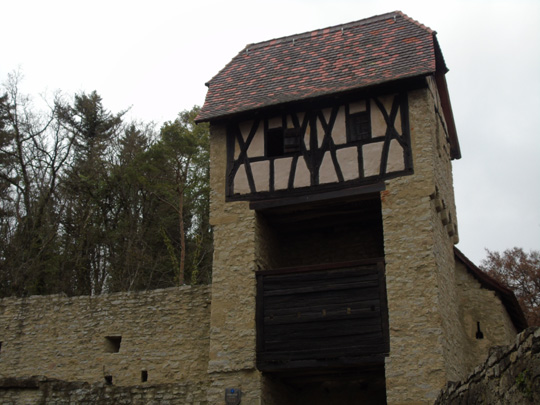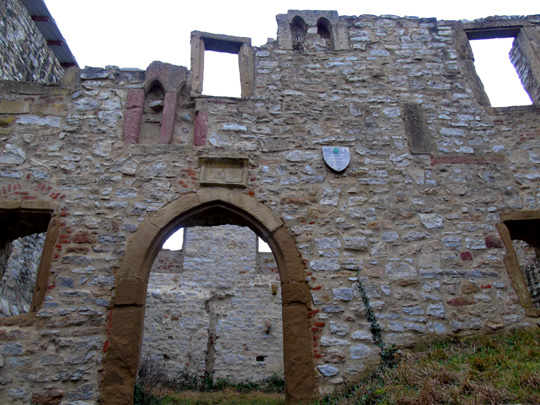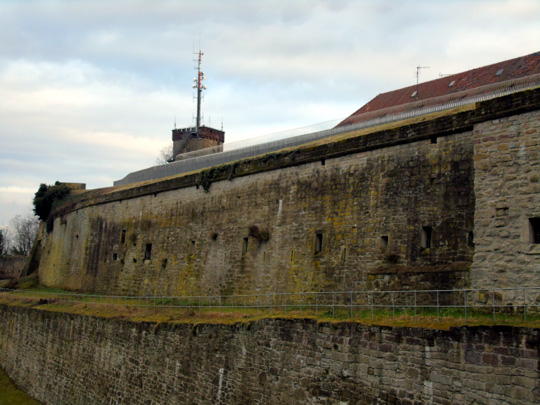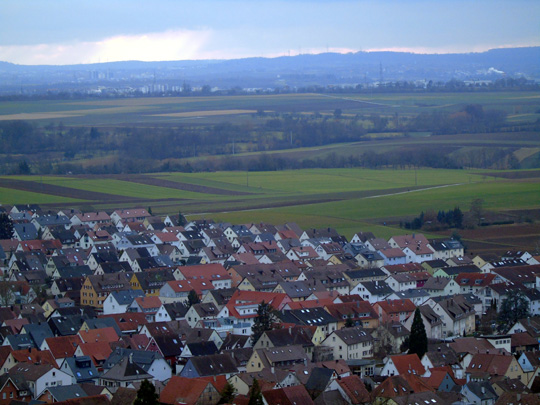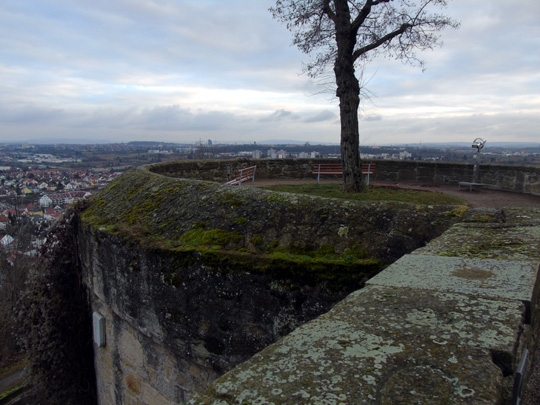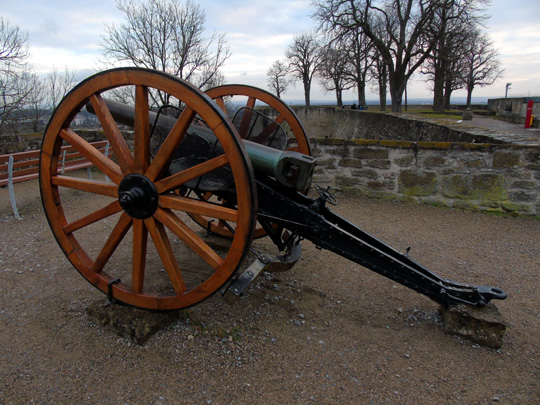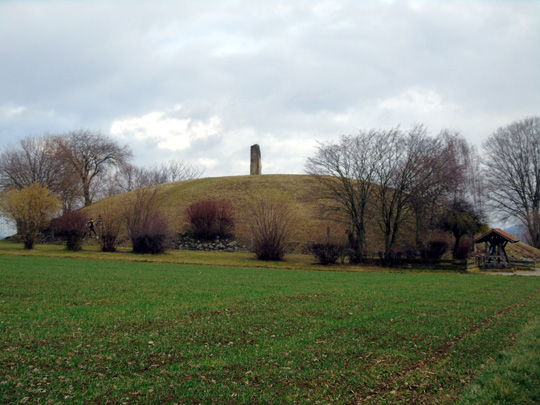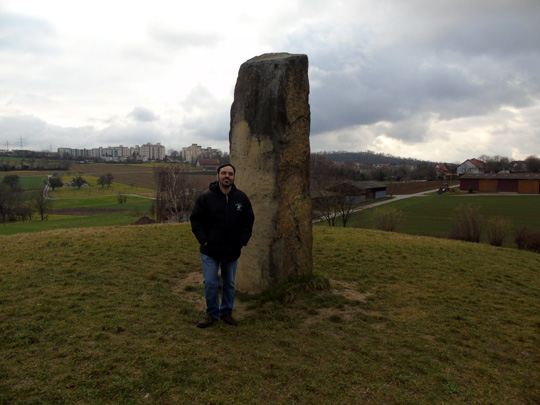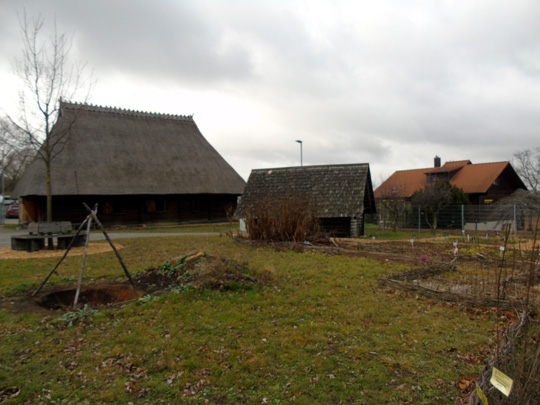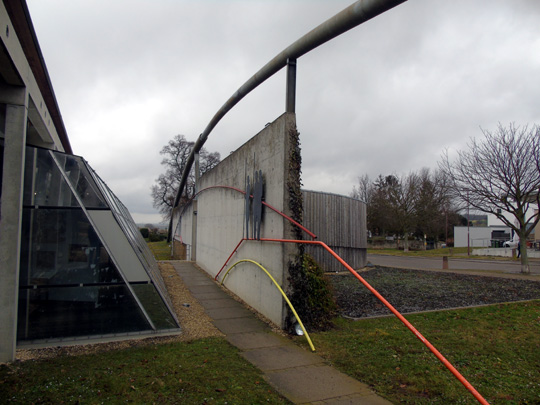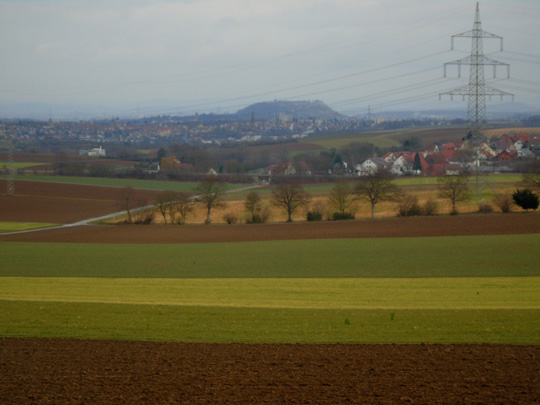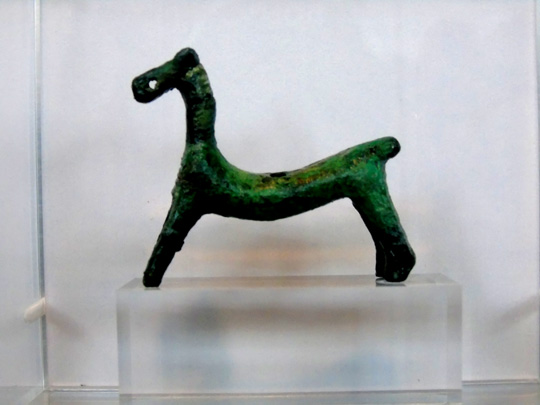SCHLOSS NEUSCHWANSTEIN (above Fussen)
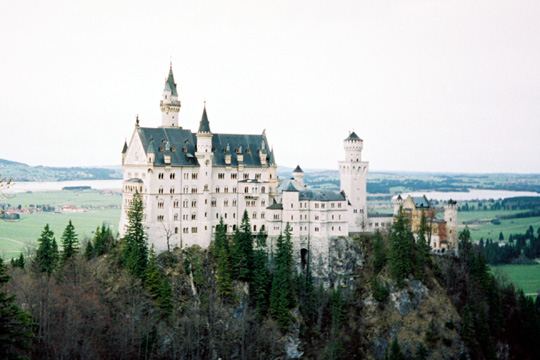
Germany’s most famous castle, Neuschwanstein is a late 19th century castle built for King Ludwig II near the Alps with wonderful views of mountains and valleys around. It quickly became famous both within Germany and beyond and is the design basis for Disney’s trademark castle.
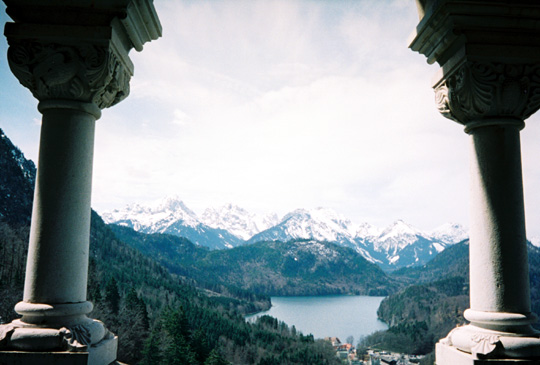
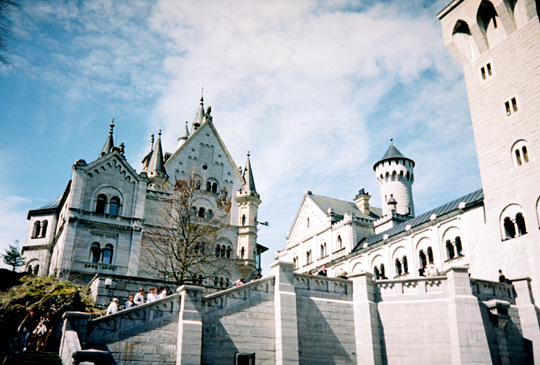
SCHLOSS HOHENSCHWANGAU (above Fussen)
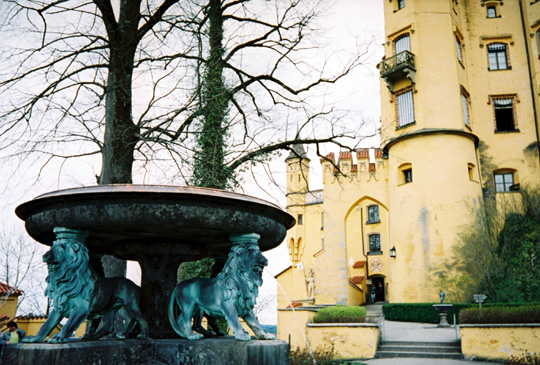
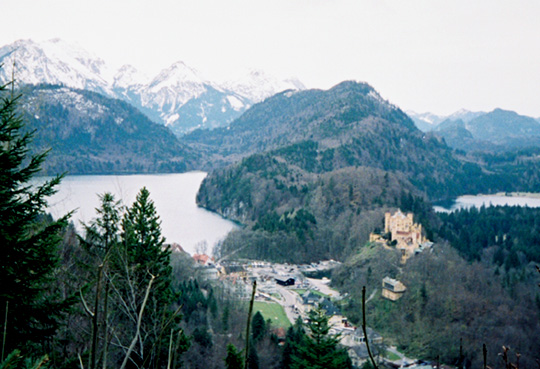
A smaller and older castle beside Neuschwanstein, Hohenschwangau is known of from at least the 14th century but was last used as the residence for King Ludwig II’s parents. Here you see the courtyard and a view of the whole castle nestled in the mountains.
BURG HORNBERG (above Neckarzimmern)
Burg Hornberg is an old castle over the Neckar River that was started in the 11th century and had many additional stages over the centuries. It’s most famous resident was the one-armed knight Gottfried “Götz” von Berlichingen who had a working metal arm prosthetic. Now, the castle is mostly in ruins but you can explore the remaining walls and towers.
BURG HOHENZOLLERN (above Bisingen)
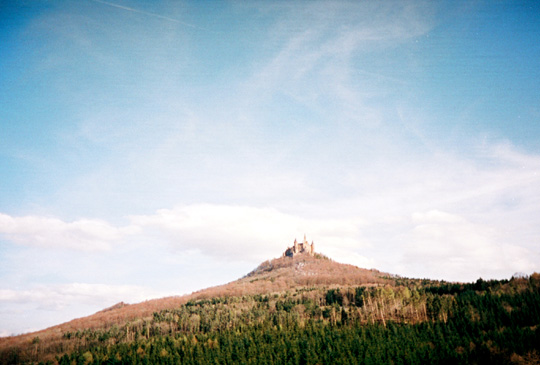
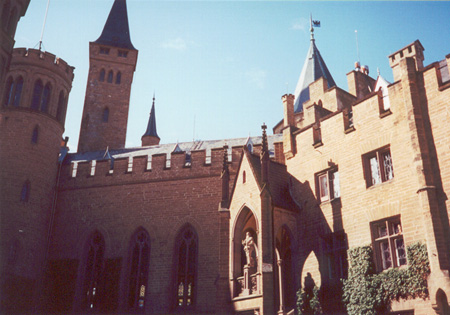
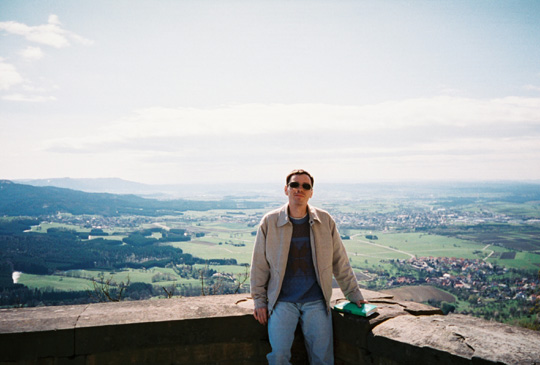
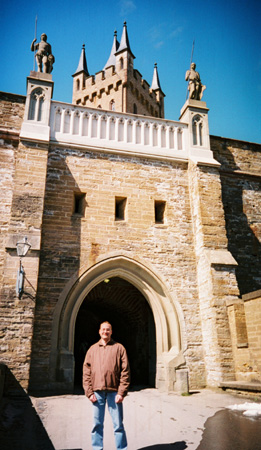
Hohenzollern is an expansive 19th century castle high on a lone hilltop in the Swabian Alps that was the site of much older castles before it.
SCHLOSS LICHTENSTEIN (above Honau)
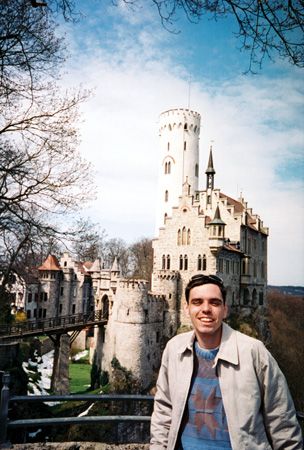
Lichentenstein is a 19th century lodge that was modeled after some older castles in other areas. It is often called a “fairy tale castle” as it was built to mirror the setting of a romantic novel and is big tourist attraction today. It has wonderful views of the Echaz valley below.
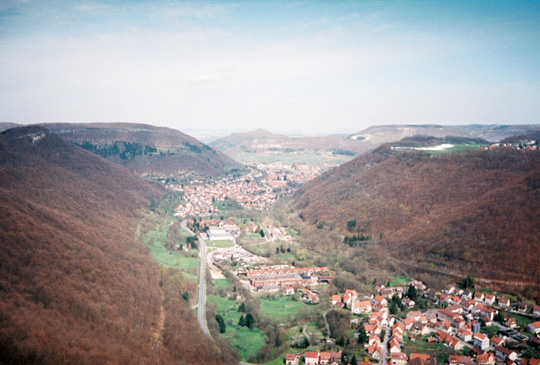
HOHENASPERG (above Apberg)
The large hilltop castle at Asperg is actually an old fortress (feste) of which sections stretch back to 1500s. It sits up high above Asperg and offers some great views of the towns and farmland around the area. It has long been used as a prison and this continues even to the present day; you can enter to stroll around the ramparts and walk right up to the barbed wire prison gate!
The Hochdorf Chieftain’s Grave (at Hochdorf an der Enz)
One of the few Celtic burials of the era to have stayed intact, this archaeological site in Hochdorf an der Enz was an important part of the study of Celtic history in the region. The mound was later reconstructed as seen here and the discoveries within, including a Celtic chieftain and the items with which he was buried, were placed in a nearby museum.




